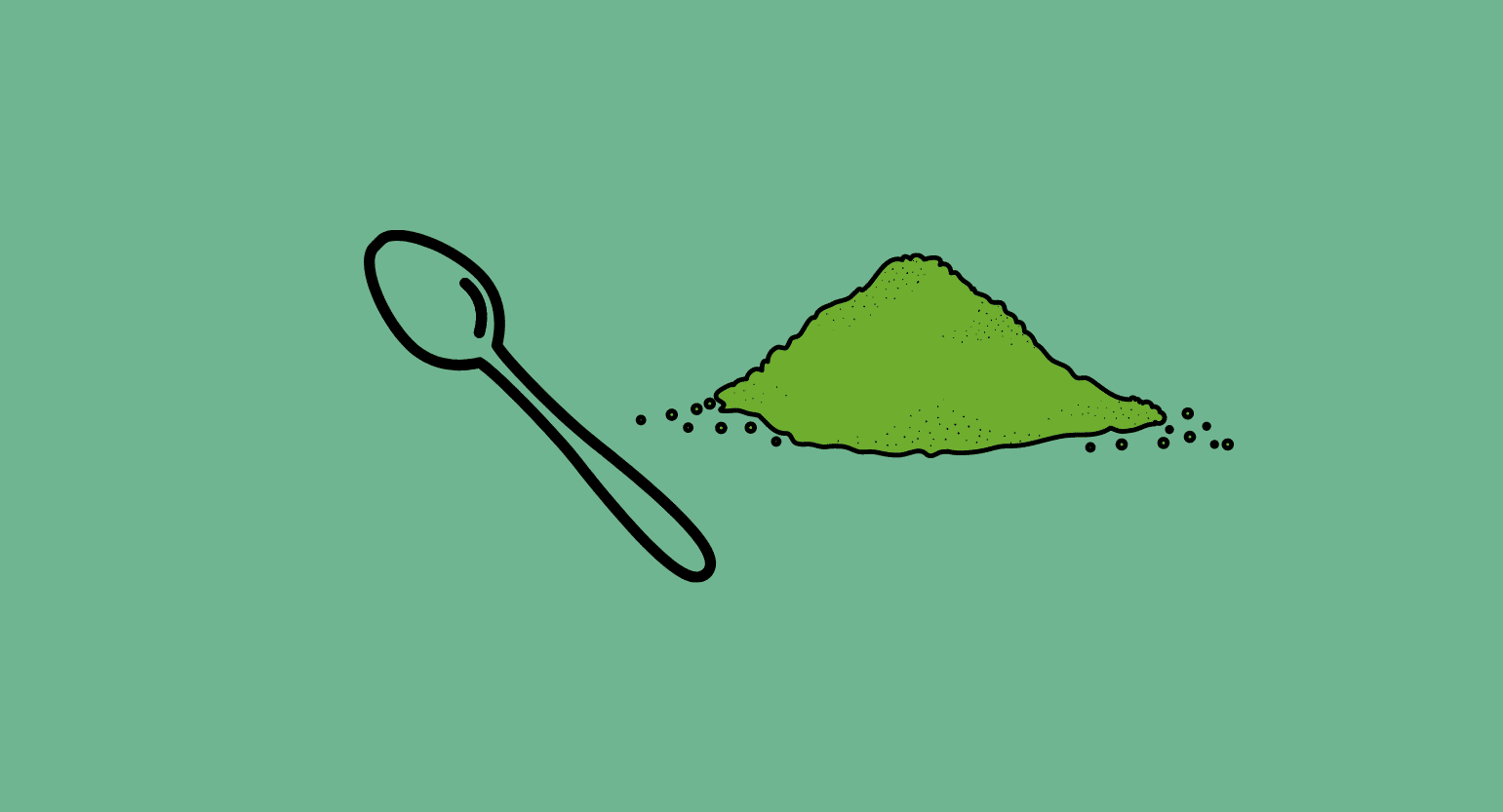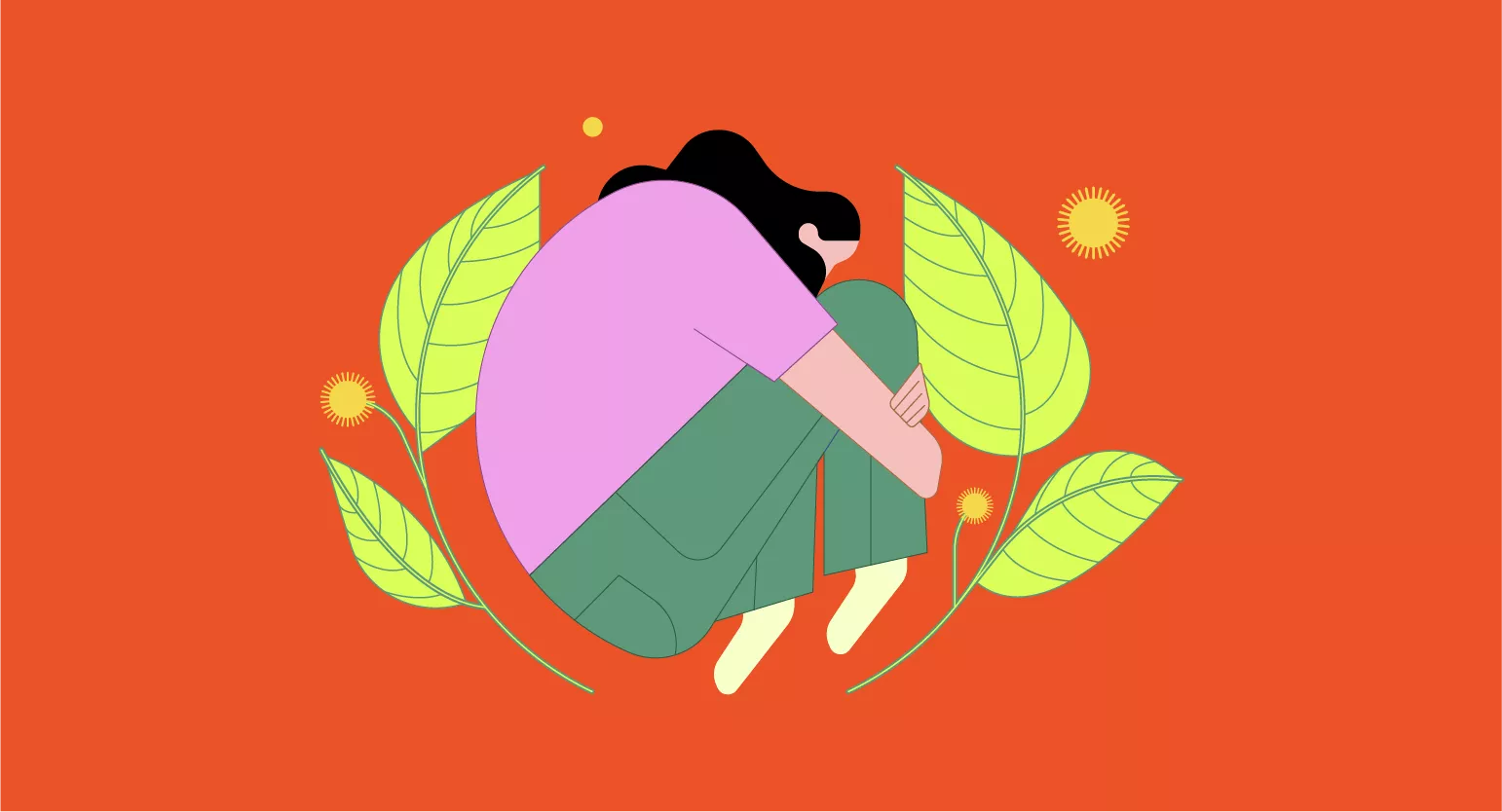What Is Mitragyna Hirsuta?
Mitragyna hirsuta is a plant belonging to the Mitragyna genus, the same plant family that kratom (Mitragyna speciosa) belongs to. Mitragyna hirsuta remains one of the most popular kratom alternatives.
M. hirsuta grows naturally in many of the same countries that kratom grows in. It’s most common in the jungles of Thailand, Vietnam, Cambodia, and Malaysia.
In addition to providing many of the same benefits as kratom, Mitragyna hirsuta provides a reliable alternative for people who cannot legally obtain kratom. Kratom has been made illegal in several areas, although most countries and states criminalize the whole plant rather than its specific alkaloids.
Mitragyna hirsuta contains many of the same alkaloids as kratom and yet falls outside the legal jurisdiction since it’s a different plant. As such, you can import it legally, even in some places where kratom is considered illegal.
M. hirsuta was a popular choice for kratom users in Thailand around the time that the government made Mitragyna speciosa illegal in 1943.
M. hirsuta is referred to among users as kra thum khok, which is pronounced very similar to ‘kratom.’ The plant looks similar with bright green leaves that are somewhat smaller than those found on the kratom plant.
The effects of the plant are also similar to kratom. M. hirsuta causes users to experience stimulation at smaller doses and sedation at higher doses.
How is Mitragyna hirsuta Used?
Mitragyna hirsuta can be used in much the same way as kratom. There are several ways this can be done.
Chewing the Raw Leaves
Traditionally, both kratom and kra thum khok were chewed straight off the tree. Chewing the leaves allows users to gradually build up the effects of the plant. This was most often done during long workdays to fight fatigue.
Dried, Powdered Leaves
Mitragyna hirsuta can also be dried and ground into powder, much like kratom. This is the most popular way to use the plant in the West.
Brewed Tea
Kra Thum khok can be brewed into tea and drunk. Dried and ground leaves are best for this, although powder can also be brewed into tea.
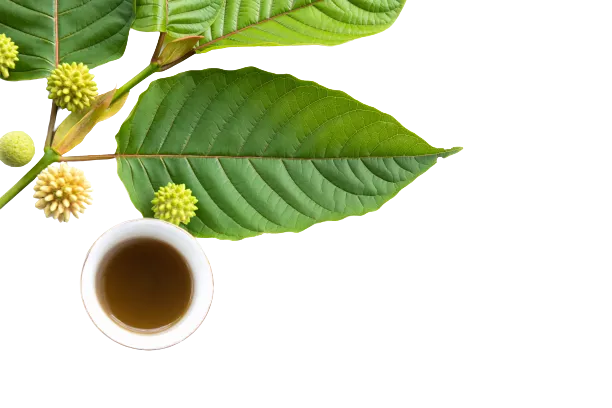
What Are The Benefits of Mitragyna hirsuta?
Mitragyna hirsuta provides several distinct benefits.
Like kratom, the effects you’ll experience vary depending on how much you take. Lower doses are more likely to produce a stimulating effect, whereas higher doses are more likely to cause sedation or relaxation.
The most sought-after benefits of kra thum khok include:
More Energy
Low doses of Mitragyna hirsuta can be used to enhance energy, stimulation, and focus. The amount of alkaloids absorbed into the bloodstream when the plant is chewed allows users to enjoy sustained, consistent energy without becoming overwhelmed by sedation.
Pain Relief
Kra Thum khok might not be as powerful of a pain reliever as kratom; however, it still provides much stronger analgesic benefits than most plants. Higher doses are required to enjoy the pain-relieving benefits of Mitragyna hirsuta.
Sedation & Relaxation
Kra Thum khok can also provide sedation and relaxation when consumed at higher doses. Many of the alkaloids found in the plant target the opioid system by stimulating its receptors. When this happens, the body falls into a state of relaxation and, at very high doses, bliss.

Alkaloids in Mitragyna hirsuta
Alkaloids are biologically active compounds found in plants. Alkaloids are the reason that different plants have different effects. There are countless alkaloids, and each plant seems to contain at least one unique alkaloid.
Mitragyna hirsuta is no different. However, some of its alkaloids are identical to those found in kratom. This is why the two plants have so many similarities in terms of effects.
The two most popular and well-studied alkaloids found in kratom are mitragynine and 7-hydroxymitragynine. Neither of these alkaloids is found in Mitragyna hirsuta. However, the plant contains a few other alkaloids that have also been identified in kratom.
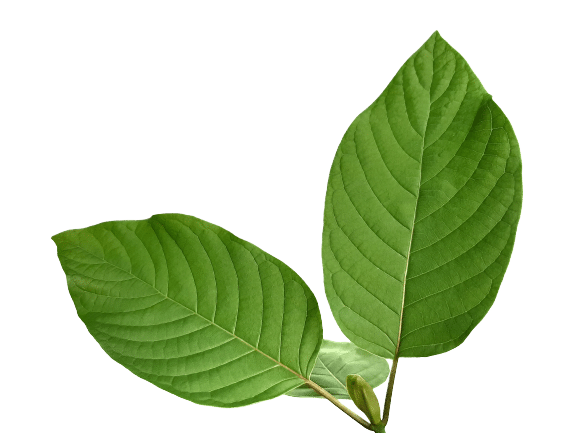
The most recognized alkaloid found in Mitragyna hirsuta is called mitraphylline. Mitraphylline has also been detected in kratom, as well as a plant known as cat’s claw (Uncaria tomentosa). Mitraphylline binds to the same opioid receptors as mitragynine and produces similar effects.
Studies done on mitraphylline extracted from cat’s claw show that it has a lot of promise. The alkaloid was linked to anti-inflammatory and anti-cancer benefits. While there haven’t been any studies done on mitraphylline extracted from kratom or kra thum khok, there’s no reason that the alkaloid would behave differently.
Mitragyna hirsuta also contains a compound known as Isomitraphylline. This compound shares similar effects as mitraphylline. Isomitraphylline is recognized as the most suitable alkaloid for supplement companies hoping to standardize extracts of cat’s claw.
Mitragyna hirsuta vs. Mitragyna speciosa (Kratom)
These two plants are quite similar, although they are by no means identical.
Mitragyna hirsuta is most commonly compared to red vein kratom strains. Sedation, relaxation, and pain relief are among the most prominent benefits associated with Mitragyna hirsuta.
Mitragyna hirsuta is much stronger than many other kratom alternatives but seems to fall short of kratom itself. This is possibly due to the lack of mitragynine and 7-hydroxymitragynine, the two alkaloids most responsible for kratom’s effects.
Mitraphylline, the main alkaloid found in Mitragyna hirsuta, shares a lot of the same properties as these two alkaloids. It provides similar benefits, albeit in a much less intense fashion.
Some people actually prefer this. Kratom may be more potent, but it’s also more likely to cause habituation and dependence. Anything that targets the opioid system, including M. hirsuta, can cause side effects such as nausea, dependency, or lethargy. Since kra thum khok is less potent, it’s less likely to cause side effects.
Is Mitragyna hirsuta Legal?
Most places that have criminalized kratom specifically outlaw Mitragyna speciosa. By technicality, this would mean that other mitragyna plants, as well as extracted alkaloids, are legal.

That said, this could constitute a legal grey area in many areas. While there are no places that specifically outlaw Mitragyna hirsuta, some might discourage or outlaw the use of any alkaloids contained in the kratom plant.
Related: Is Kratom Legal? A State-by-State Analysis.
If you thought kratom (Mitragyna speciosa) and kra thum khok (Mitragyna hirsuta) were the only two plants in the mitragyna genus, think again. There are actually quite a few other plants that each share a number of similarities.
Members of the mitragyna genus include:
- Mitragyna javanica (AKA Mitragyna diversifolia) (Kra Thom na) does not contain the same alkaloids as kratom, but it contains mitrajavine which is believed to have some opioid effects.
- Mitragyna inermis is a very rare variety of the plant that’s still hard to find online. Traditionally it was used as a diuretic and to manage digestive issues.
- Mitragyna tubulosa is extremely uncommon. However, scientists have identified a number of opioid alkaloids, such as mitraphylline and isomitraphylline, in the plant.
- Mitragyna parvifolia is a well-known plant in the Mitragyna genus that’s traditionally used to help fight pain and swelling, manage fevers, and improve the healing of wounds and ulcers. Significantly less potent than kratom but may contain opioid alkaloids.
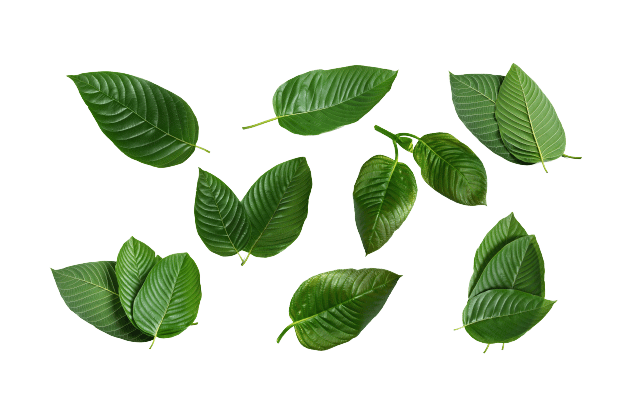
If you’re interested in other plants that share similarities with kratom, then you might want to check these out. Remember that these are medicinal plants, however, and they should be treated with respect.
Summary: Is Mitragyna hirsuta A Viable Kratom Alternative?
Mitragyna hirsuta is one of the most popular kratom alternatives. It’s weaker than kratom but offers most of the same benefits for managing pain, anxiety and improving energy levels.
This species is also a good option for people who cannot obtain kratom legally. Some people even prefer M. hirsuta as its lower potency reduces the risk of side effects associated with its use.


